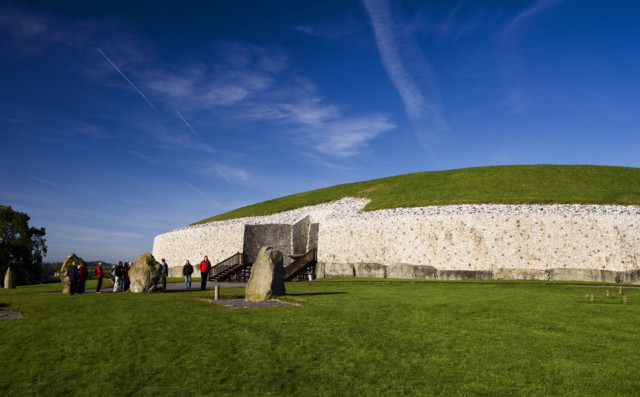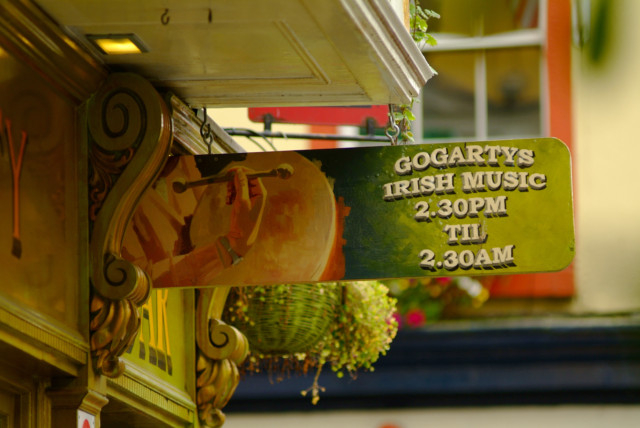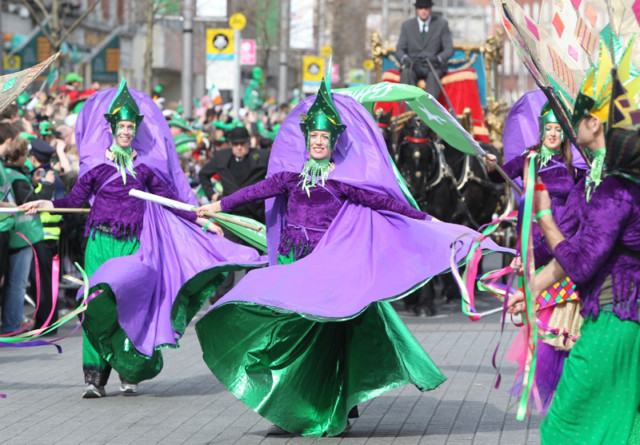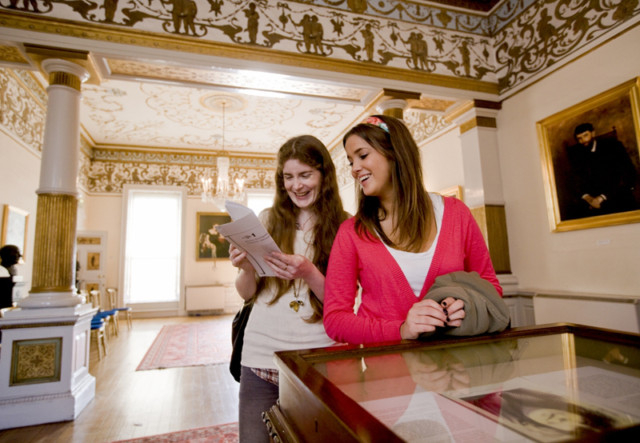
While many residents of the UAE have take a six-hour flight to London, by adding on another 40 minutes flying time, you can have the time of your life in Dublin.
Both Emirates and Etihad offer multiple direct flights to Dublin, the capital of Ireland and home to one million people. And because of Ireland’s size, the entire island opens up to you with a four-hour drive, maximum. With a simplified visa process — visitors with just a UK visit visa can use it to travel to Ireland — getting there has never been easier.
Flying in over the Irish Sea, a 60-kilometre strip of rough seas that makes Ireland Europe’s most westerly island — the first thing you notice is just how green the grass, fields, hedgerow and mountains are. The land is blessed with a fertile soil and ample rain, making for perfect growing conditions for root vegetables, cereals, dairy cattle, beef and lamb.
And that Irish Sea and the small size of the island means that fresh seafood is readily available in every corner and on every restaurant menu. Oysters, prawns, sea trout and salmon are a staple along with slow-roasted beef and lamb dishes, enhanced by robust dairy-based sauces.
It’s hard to believe then that island of plenty suffered a catastrophic famine between 1845 and 1847 — an event that saw its population fall from an estimated eight million to four million as emigrants headed for Britain, Australia, South Africa, New Zealand and, of course, America. Today, some 50 million people around the world claim Irish heritage, making St Patrick’s Day on March 17 each year the most widely celebrated national holiday.
It’s a land too rich in history. Dublin itself was founded by Vikings as a slave-trading post in the 8th Century, but the Romans who invaded Britain dared not venture to the island because they feared it to be too wild. About 50 kilometres to the north west of Dublin, the ancient burial mounds at Newgrange predate the construction of the Great Pyramids of Giza. The central burial chamber and corridor at the Newgrange mound aligns with the midwinter solstice, an example of astronomical and mathematical knowledge at a time when a written language — known as “ogham” — consisted of a series of horizontal strokes carved into vertical standing stones.
During the reign of King George III, the street scape of Dublin developed a distinctive style, with long terraced homes overlooking central squares or parks. Because panes of window glass were taxable, the homes used large panes — creating town homes that were bright as a result. Following the Act of Union in 1801, where Ireland’s parliament was dissolved and MPs instead sat in the House of Commons in London, the parliament building on College Green was sold the Bank of Ireland.
Its new owners were reluctant to pay the window tax bill on the large building and instead ordered all of them to be bricked up. To this day, the building’s windows are sealed.
Around the corner, the once seedy and dilapidated area of Temple Bar has been rejuvenated over the past 30 years as a result of progressive tax break by city officials and by Ireland’s growing reputation on the world music and literary scene. Now the area is the centre of a hectic nightlife and tourist draw where the traditional public houses provide nonstop traditional music and revelry into the early morning hours. The international success of U2 and the riches earned by the band led Bono and his group to kick start the revitalisation project in earnest.
As a literary centre, Dublin is unrivalled, It was home to William Butler Yeats, James Joyce, Sean O’Casey, Samuel Beckett, Brendan Behan and hundreds of other writers, musicians and poets who shaped the great works of English literature. But the national pastime of Dublin remains talking. Whether your from overseas or just visiting, you’re Irish just the same.
















